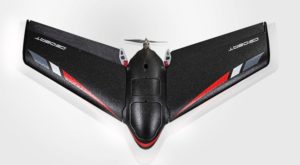
While EPE has properties very similar to EPP, because of EPE’s extreme flexibility compared to EPP and other foams, it is used primarily as thin sheets for packaging material. It provides excellent impact and shock absorption, vibration dampening, and surface protection. Because of its flexibility EPE gives the best protection for oddly shaped objects.

Another advantage of expanded polyethylene is that it quickly regains its original shape after the source of stress or shock has been removed. It cannot be broken, fractured, crumbled, or shattered.
Some forms of EPE are highly resistant to static and thus do not attract dust and other tiny particles to its surface. The chemical structure of expanded polyethylene foam makes it almost impermeable to water, thus it is often used to protect materials from water damage.
EPE foam is nontoxic and odorless so can be used for food packaging. It is also resistant to the growth of microbes and fungi on its surface. It can be melted and reshaped into various shapes multiple times. This is due to its high thermal resistance properties which enable it to maintain its chemical structure even when subjected to high temperatures and turned into molten plastic.
EPE is used in the making of life vests and other floatation devices.
EPE is used for making sports mats, yoga mats, shin guards, thigh guards, etc.
Working on a new project? Send us a quick message, and we will be happy to answer your questions.